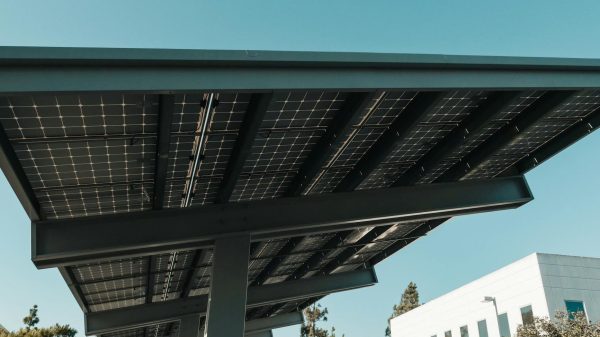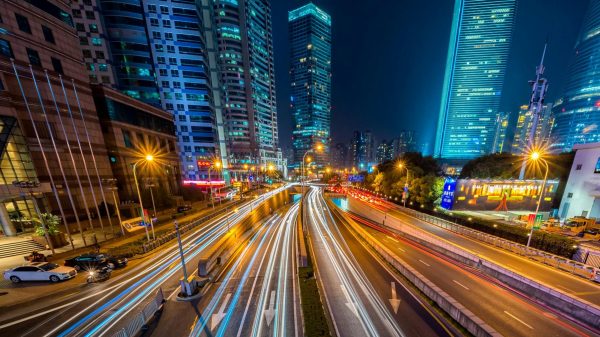We are at a moment of maximum relevance, with new regulatory frameworks focused on boosting economic recovery and with energy transition being one of the key issues. But how, what’s so smart about a plug?
The relevance of networks
The objectives at European and national level are set out in the National Integrated Energy and Climate Plan 2021-2030 (PNIEC). This text defines national targets for the reduction of greenhouse gas (GHG) emissions, the incorporation of renewable energies, the electrification and energy efficiency measures.
The relevance of grids in the energy transition in Spain, where the electrification of demand and the decarbonisation of the economy are key objectives, is clear. The Paris agreement in 2015 was a turning point in two key aspects: firstly, setting a specific target to have a zero CO2 emissions economy by 2050, and secondly, placing citizens at the centre of the energy transition. We face a very ambitious challenge as a society, and we are all needed. Europe wants to be a world leader in the shift to renewable energies and decarbonisation, and Spain in particular feels comfortable in this path of change, as shown by the latest PNIEC, which even exceeds in ambition the challenges of the EU and other states.
In fact, numerous studies indicate that the increase in GDP will be more relevant with implemented energy transition measures. This is evident, for example, in European funds that are required to have very high percentages for green transition and digital transformation.
It is not a simple path; we are facing a radical change in the energy markets and generation models, with wind and photovoltaic energy being the main players, and implying a hitherto unknown flexibility on the demand side. And on this path we will also see the orderly closure of nuclear power and the complete phase-out of coal. And not forgetting renewable hydrogen, which will replace fossil fuels.
The three fundamental axes
In summary, we can define three clear axes to be developed:
- Energy efficiency: As we said at the beginning, the best energy is the energy that is not consumed, especially in the residential sector there is a lot of potential.
- Electrification: we need to take advantage of the low-cost electricity that we will be able to produce renewably. There is huge scope for this in areas such as heating/cooling and in transport with the advent of EVs.
- Creation of a much more integrated model: with more distributed generation as opposed to the old models where there were a few large power plants that more or less predictably distributed energy across the grid.
And all this with a reinforced ambition, the objectives are going to be revised by the EU with increasingly aggressive targets for decarbonisation and the fight against climate change.
Smart grids
In this context, smart grids, SmartGrids, will be a fundamental point in this whole process, and reforms are necessary for the matching of demand and generation to take place, without forgetting another key lever such as energy storage and the creation of new business models enabling greater sectoral integration.
Three specific points are considered key:
- The digitalisation of Low Voltage and its integration into Smartsgrids: The last link, the one that connects to consumers, also needs to be ready. Without this part, it is of little use for the rest of the chain to be ready. In a context of energy transition, low-voltage grids will play a key role in the new distributed generation models where consumers move from passive to active.
- The new models of shared consumption: We talked about putting the consumer at the centre, but until very recently there has not been adequate legislation. This situation has changed so that consumers have the right to produce, consume and store their own energy….. They are the new “prosumers”.
- Challenges and opportunities of storage in smart grids: Energy storage is a very relevant issue to meet the challenges set out in the PNIEC and in the long-term decarbonisation strategy. There are different technologies that are not mutually exclusive but complementary in the electricity system. Many battery storage technologies are closely related to electric vehicles, but without forgetting the use of renewable hydrogen, or hydroelectric pumping (pumping water into reservoirs when there is surplus electricity and then producing it again when it is needed). All of this is necessary to provide flexibility to a system based on renewable sources, as we cannot make it rain, blow wind or shine at our whim…
In short, the role of the electricity distributor will become increasingly important and complex, with variable and bidirectional flows in which smart grids will play a fundamental role in energy policy. Specifically, actions will be required in four main areas:
- New grid architecture with distributed energy resources (photovoltaic favours the emergence of the figure of the prosumer in the electricity market).
- Incorporation of new assets and business models (new agents and roles)
- Deep digitisation and automation through IoT and AI.
- Specific legislative and regulatory developments for the new situation.
The Smartgrids challenge
The challenge for Smartgrids will be to move from the old centralised model with passive demand to a new distributed model with variable distribution networks and managing active demand. This is a challenge that implies a much greater relationship between the current market players and the new ones that appear such as aggregators. It is a much more complex scenario in which ICTs will play a key role, also facilitating the energy transition that will enable us to meet the decarbonisation and electrification targets demanded by government plans and the planet itself.







